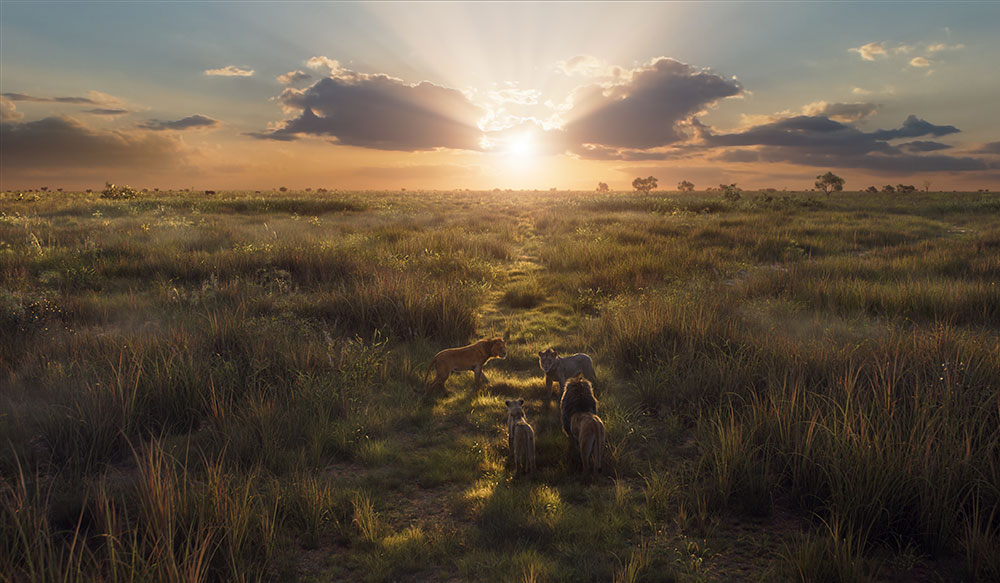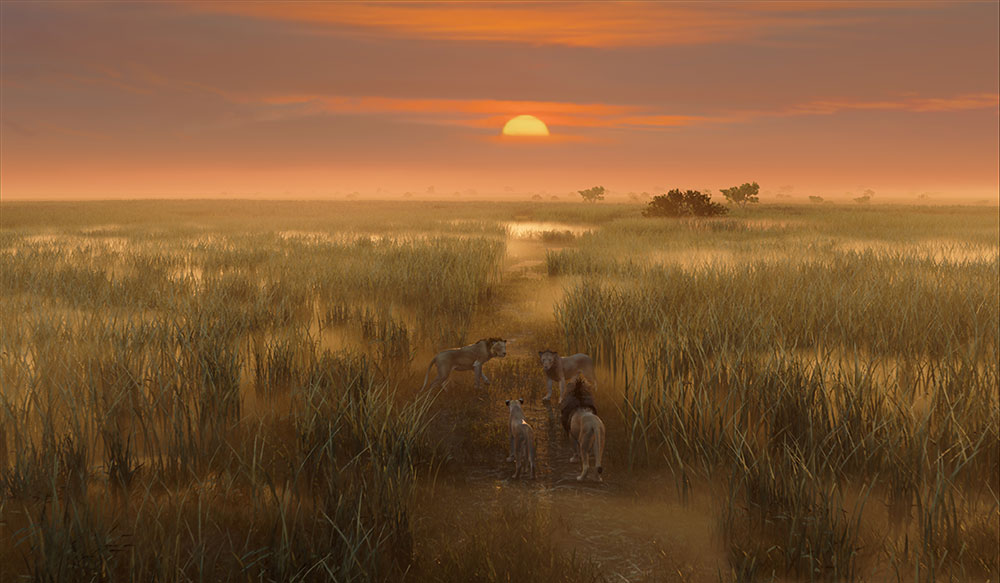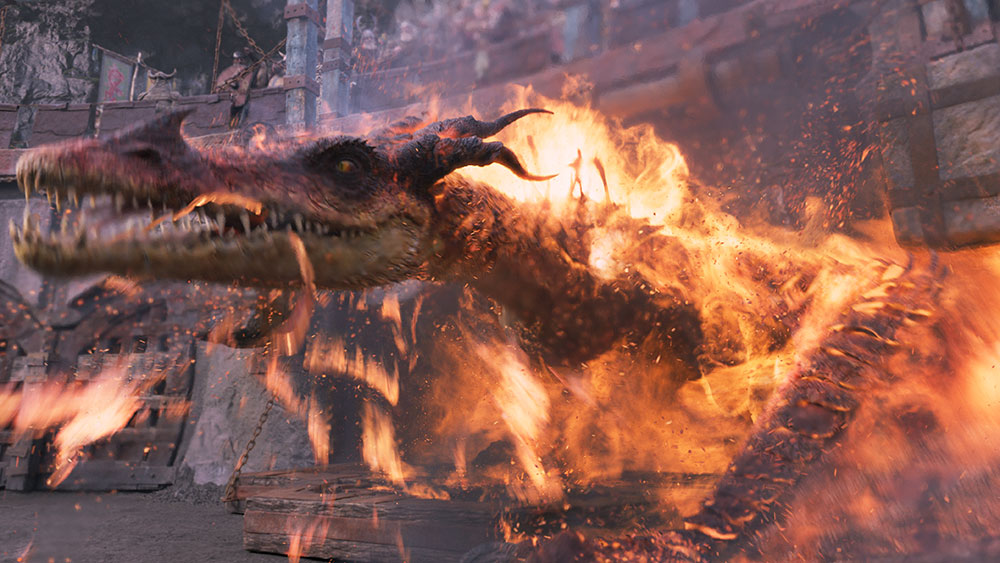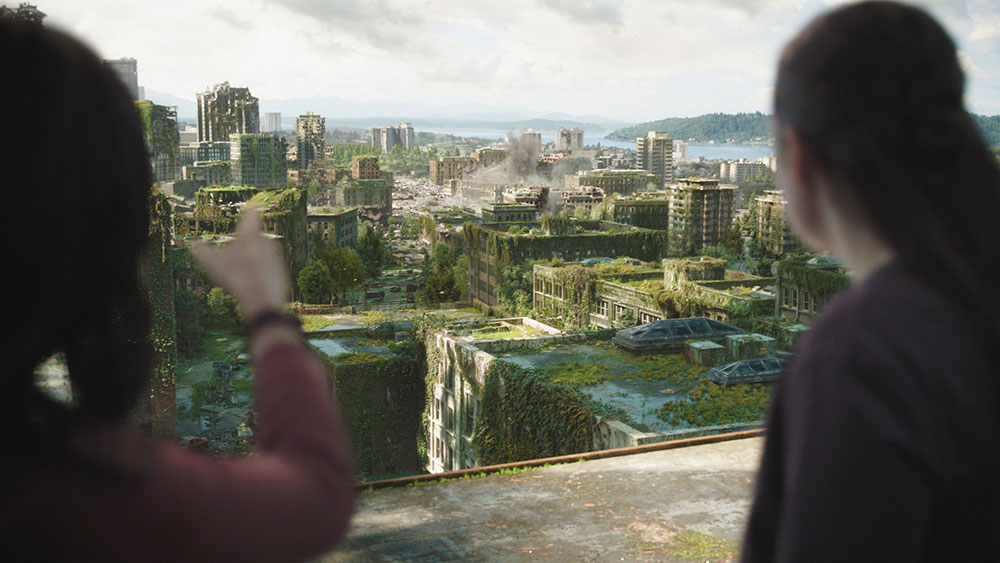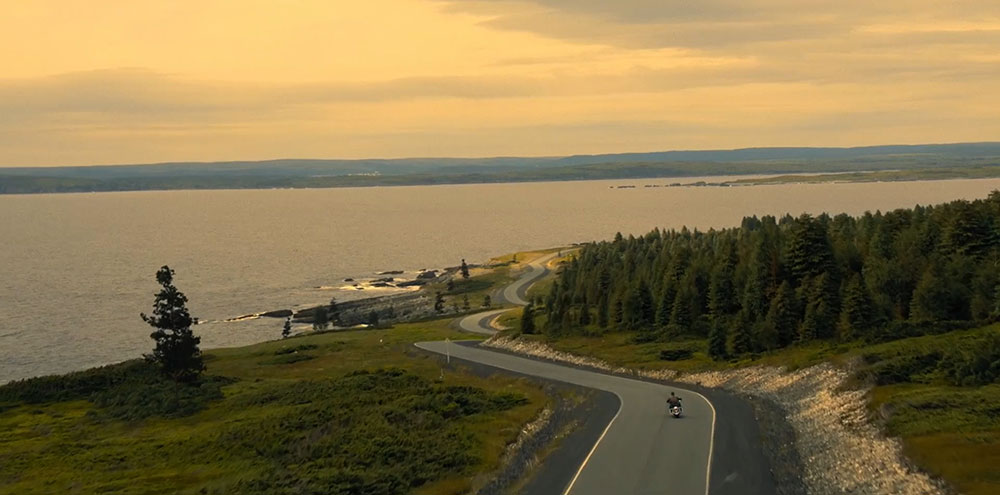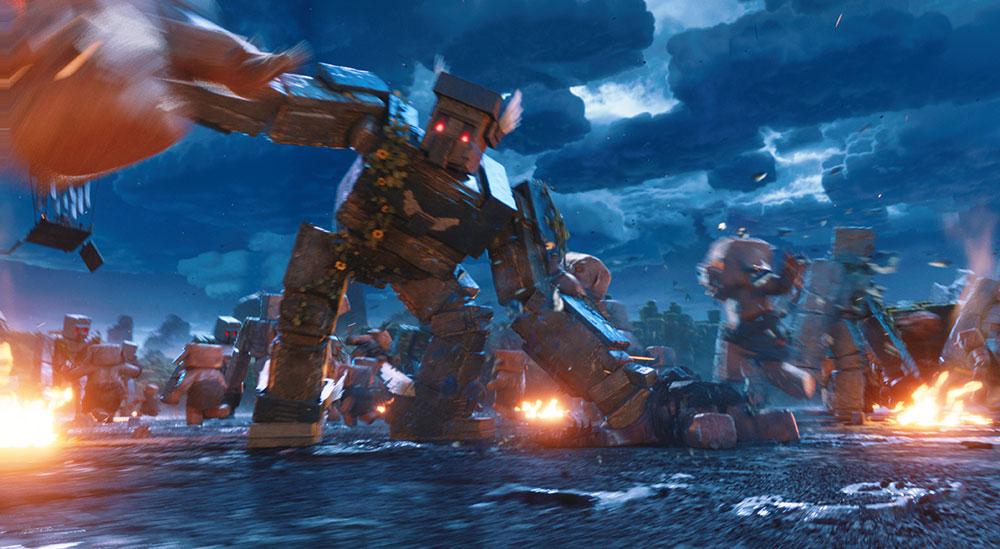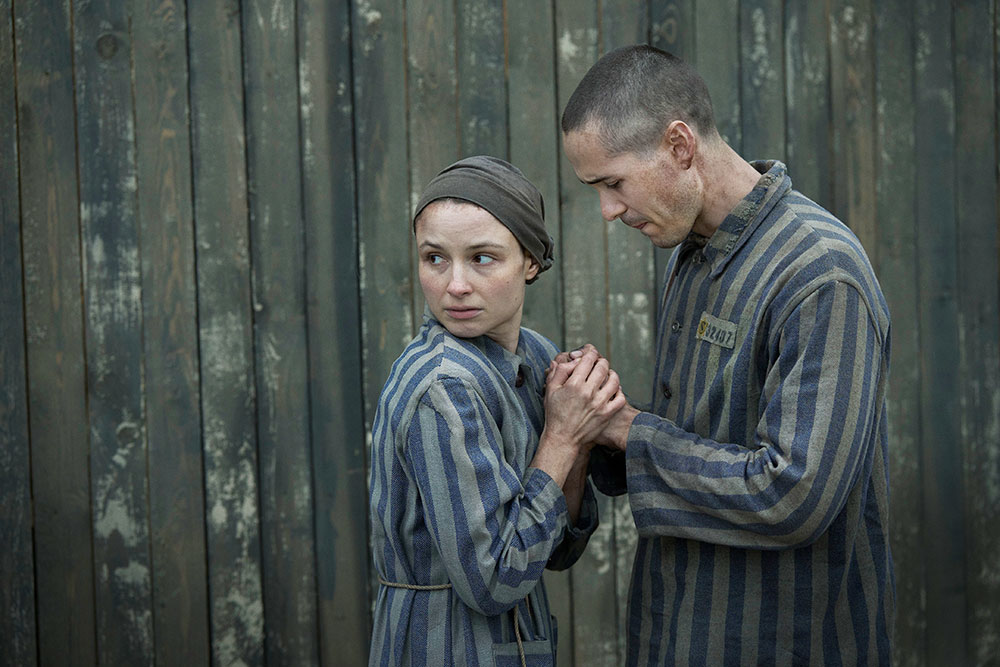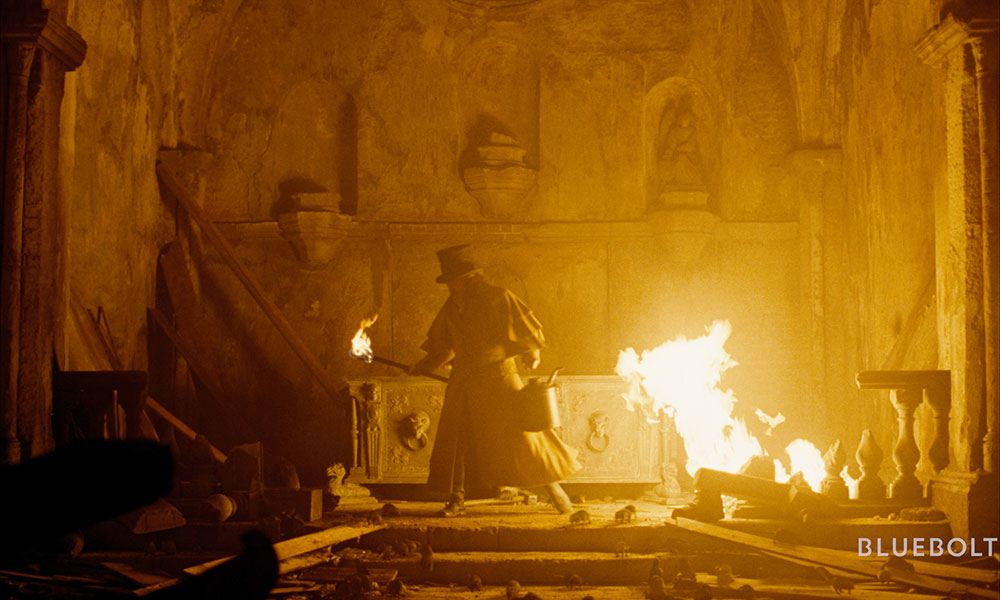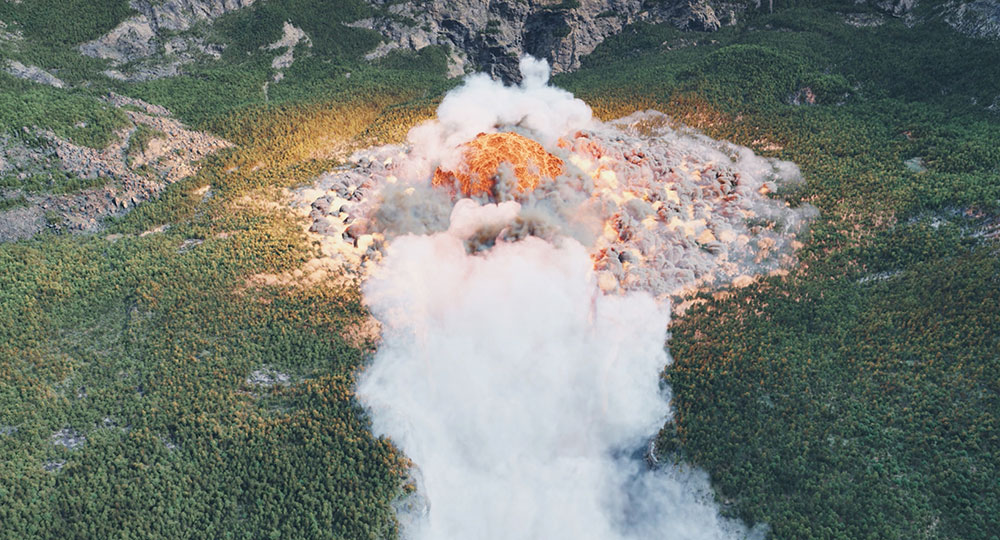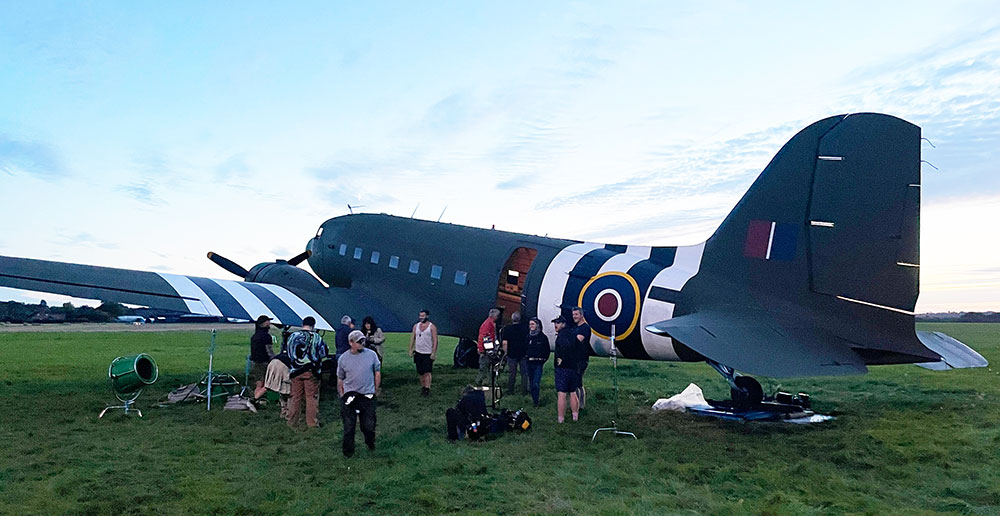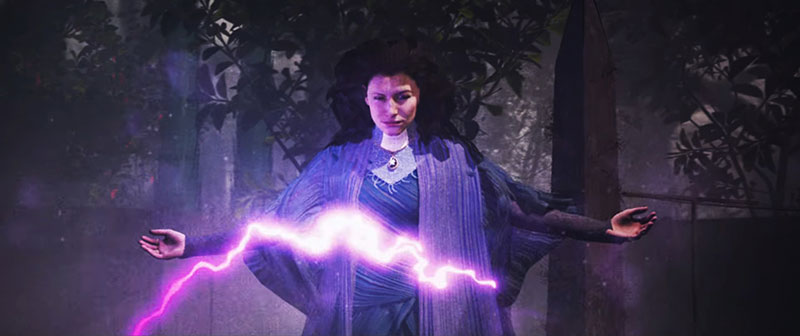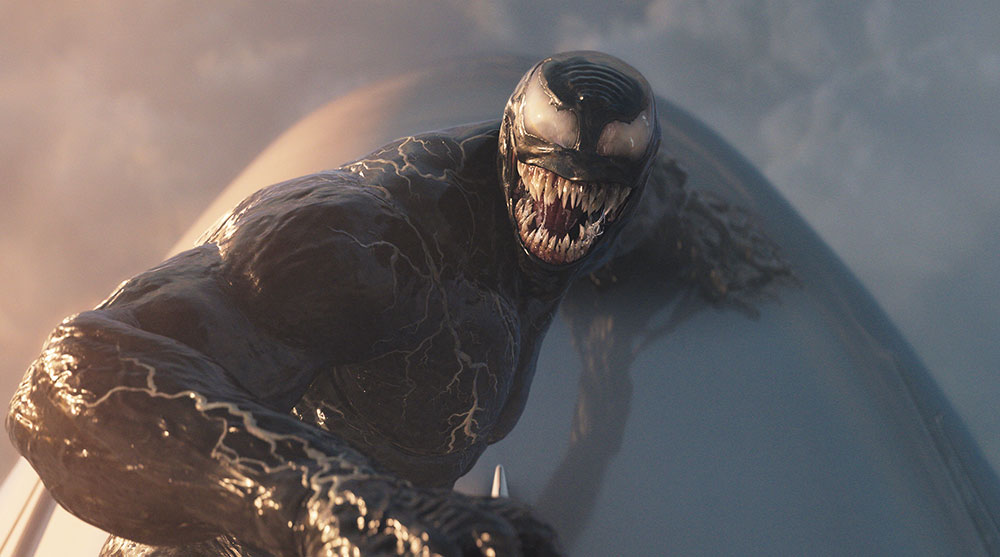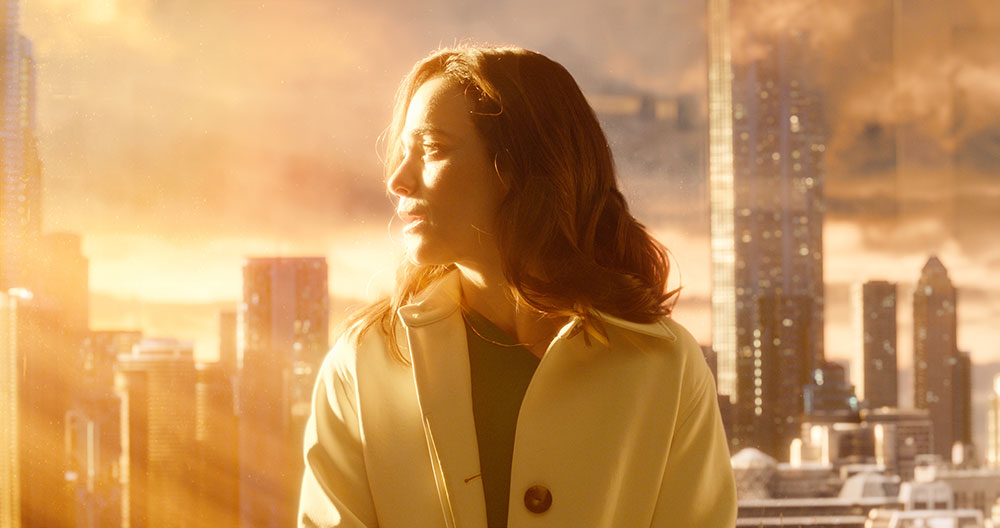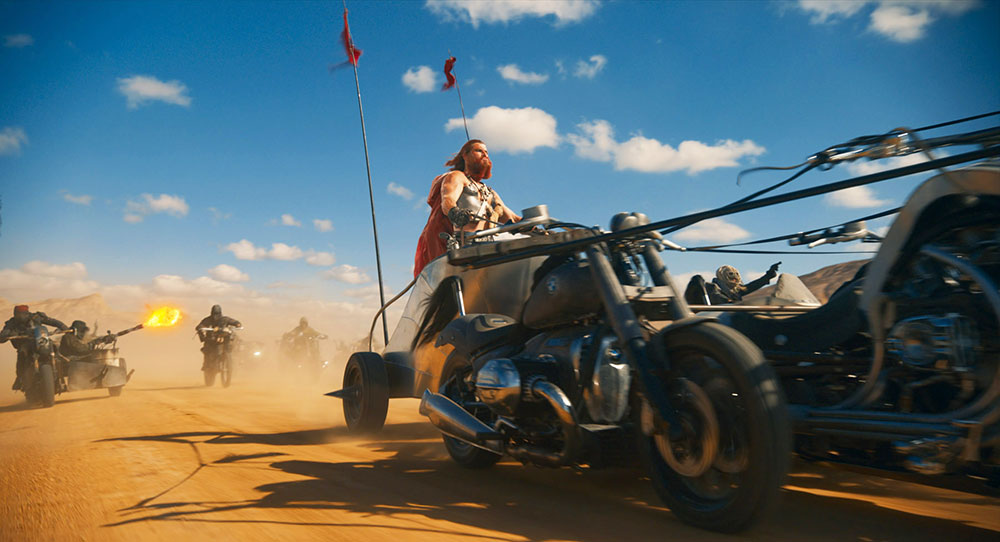Audrey Ferrara talks about MPC’s work on ‘Mufasa’, creating photoreal environments, characters, animation and FX, preparing all assets and scenes for the film’s virtual production.
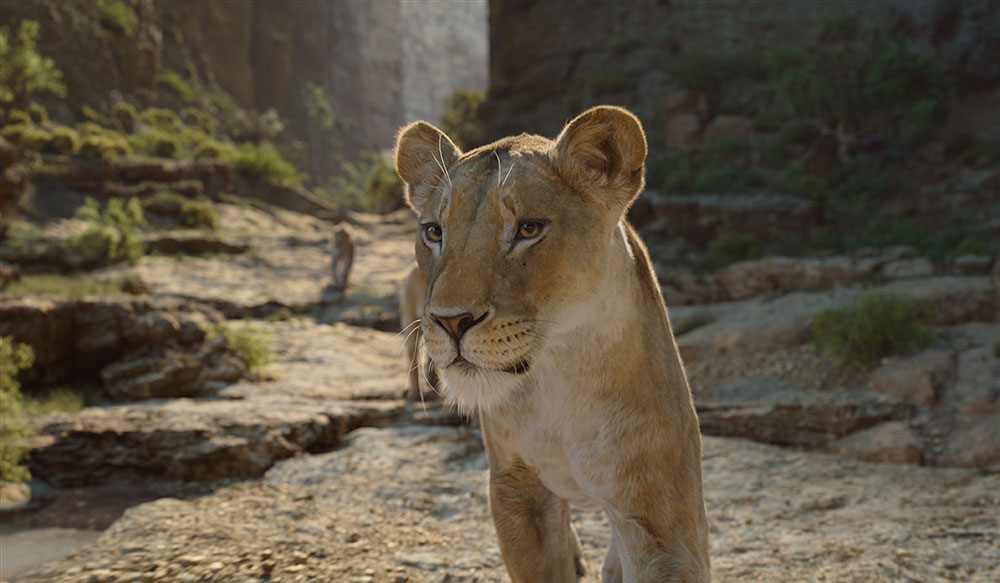
MPC took on the monumental project of Mufasa: The Lion King for Walt Disney Pictures, creating massive photoreal environments, memorable characters, animation and FX, and preparing all assets and scenes for the film’s virtual production.
Their work amounted to 1,500 full-CG shots, over 12,000 on-stage takes within Unreal Engine, more than 7,000 live motion capture performances – and more. But for Audrey Ferrara, who took the role of MPC’s main VFX Supervisor on the project, the scope of work encompassed much more than numbers and statistics. “This one’s going to stay with me,” she said. “I won’t forget it.” She took time to talk with Digital Media World about working on this movie, focussing on set design and character builds, and about why she feels this way.
New Experience
With her, Production VFX Supervisor Adam Valdez and over 1,700 other artists, supervisors and production crew worked on Mufasa for over four years. The fact that it was a completely virtual production – every character, environment and every rock and tree – meant that Audrey and MPC’s teams were actively involved from pre-production through the shoot to delivery.
For the artists, working with these particular filmmakers – Director Barry Jenkins, Production Designer Mark Friedberg and cinematographer James Laxton – was exciting because it was their first VFX heavy production. Audrey commented that, without a background in VFX processes and techniques, the project must have felt daunting for them. Nevertheless, they brought fresh ideas and expectations to a production that was going to exist entirely in a digital world. This fact kept her team working to meet their demands with as little compromise as possible.
The three filmmakers also know each other very well. Mark Friedberg had worked with Barry Jenkins on ‘The Underground Railroad’ and ‘If Beale Street Could Talk’, and James Laxton had shot both of these movies, as well as Barry’s earlier Oscar-winning film ‘Moonlight’.
Starting the Journey
The story is a prequel and follows the events that take place before the original story of The Lion King, giving audiences the history of the young lion Kiara’s grandfather Mufasa, Simba’s father. It is a tale of friendship, treachery and forgiveness.
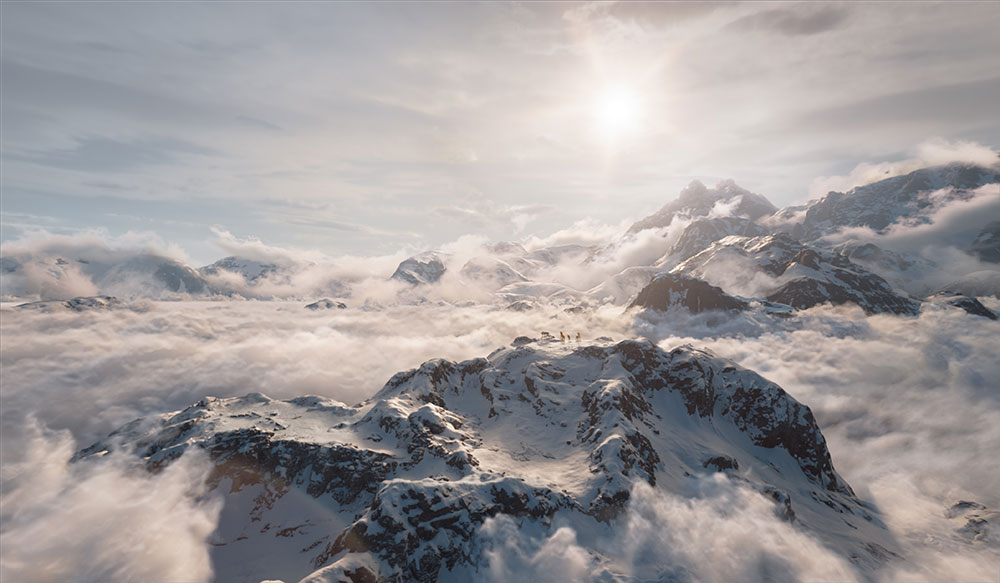
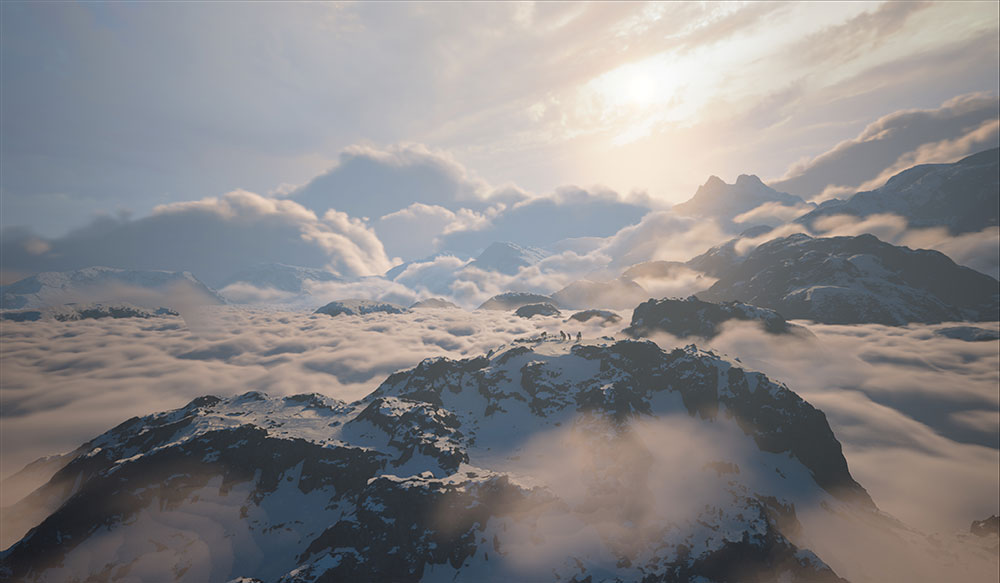
“Barry’s primary focus in this story was the characters’ journey, an emotional as well as a geographic journey,” Audrey said. “That concept was how he wanted to engage the audience. He believed in the need for a grand, inspiring environment that would develop as the story developed. A major part of MPC’s responsibility was to help Barry and Mark define the CG backdrops in those terms.”
Audrey’s own background includes The Lion King (2019) as well as The Jungle Book (2016). Audrey especially valued the opportunity to work with Mark, whose job was to visualise that journey across the African continent, ranging from Namibia to Tanzania to Kenya. This was an ambitious task compared to The Lion King, which focussed on Kenya only.
Into Africa
To give the artists a clear idea of the world the characters would pass through, MPC’s data capture team travelled to Africa to gather reference imagery from a range of diverse environments. The main directive from Barry was to stay true to the real African environment, leading to a creative look that feels authentic. The rock formations surrounding the dramatic flood sequence, for example, when Mufasa is separated from his parents, are based on a real place. Using the captured reference, the environment team generated these same formations digitally in 3D and used them to support the story.
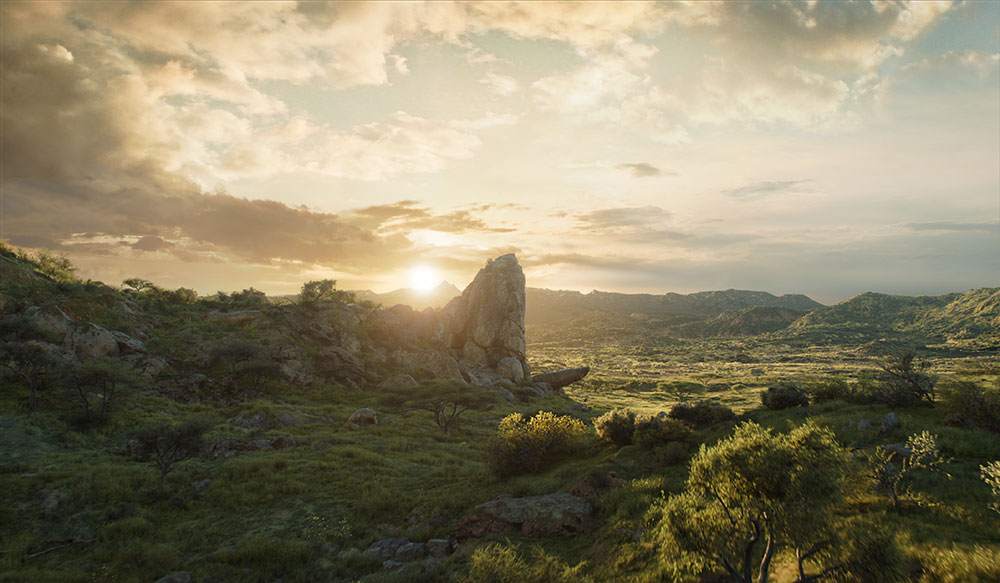
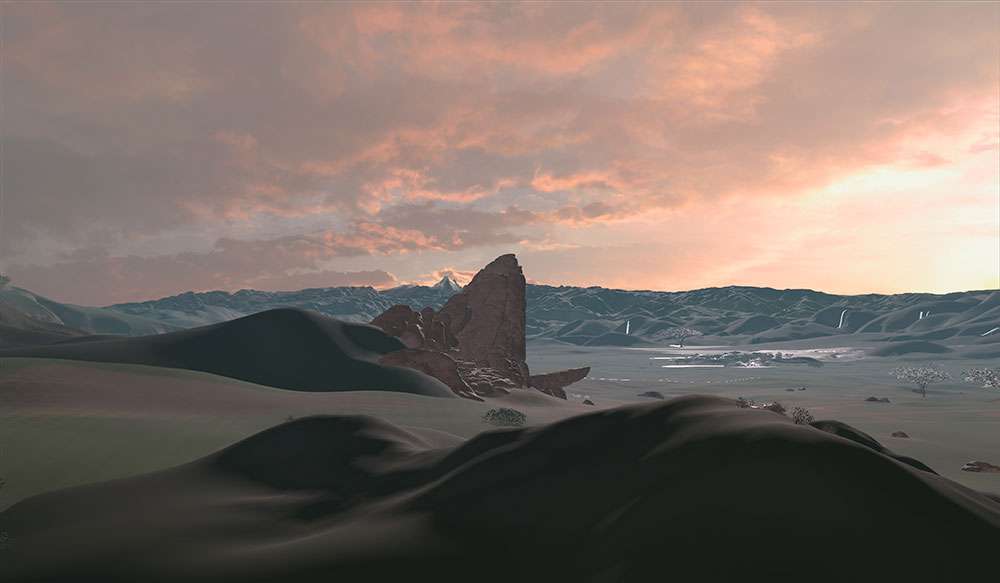
Since much of the on-the-ground research had to be done during the pandemic, the team first needed to find ways to go to the required countries and gather the visuals, lighting and other references while adhering to local restrictions. This meant carefully drawing up an itinerary in advance, in line with each country’s rules. Despite those obstacles, they returned with 10TB of data to work with.
Virtual Scouting
One of the filmmakers’ requests was to have a way to pursue their usual creative process and discover, on their own terms, the virtual sets MPC was creating. Normally, they would go on location and look around, shooting experimentally to find just the right spots and angles for scenes.
To recreate that experience virtually, MPC built out the 3D set enough for them to explore inside with VR headsets. It was a world they could react to, where they could do some virtual scouting and make decisions experimentally. This experience also revealed if the set build needed adjusting, and where. Even better, Barry and James Laxton could improvise camera moves, diverging from their initial storyboards if necessary.
Live Directing Lions
A critically important virtual production process MPC developed for Mufasa was called QuadCap (for ‘quadruped capture’), which Barry used to live-direct the lions. Directing actors in motion capture suits is often done when the performances are to be applied to bipedal CG characters and creatures. But highly realistic quadrupeds with their special physiology, that also need to emote like humans, present a combination of challenges that can’t be solved by mocap alone. At the same time, the success of keyframing always relies on how accurately the animator can replicate both the director’s wishes and an actor’s performance.
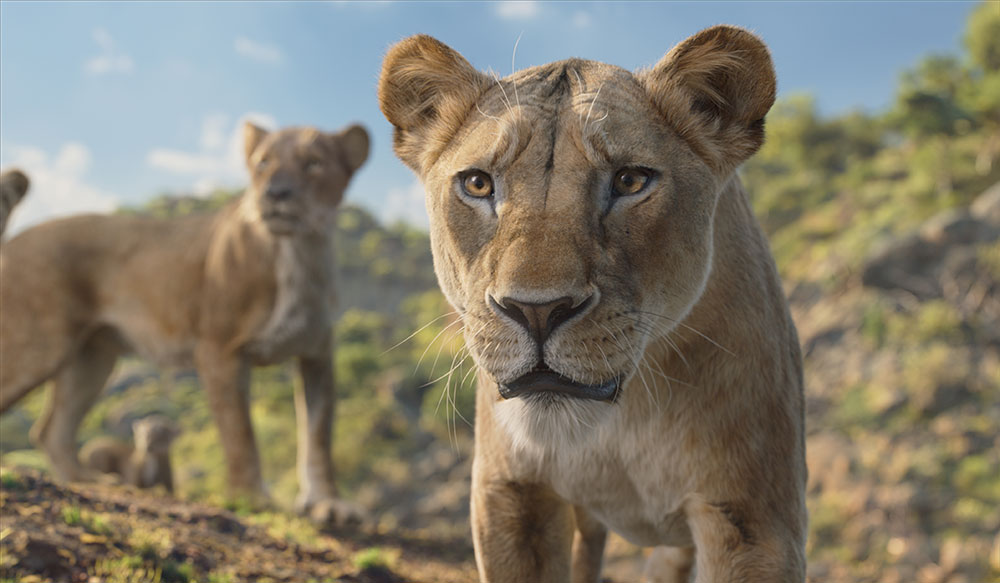
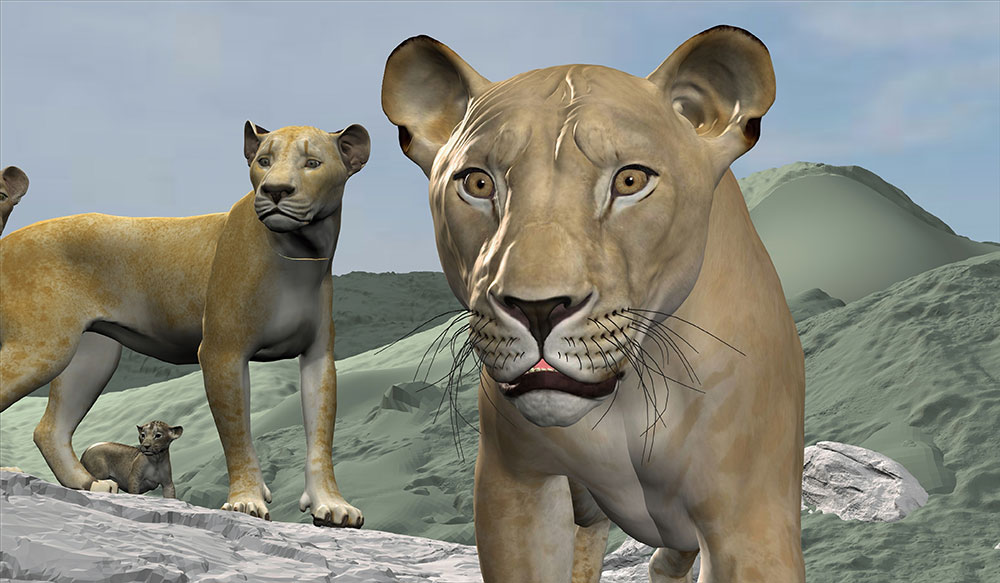
The QuadCap process started in a familiar way with Animation Supervisor Daniel Fotheringham and the other animators performing in motion capture suits. It mapped their movements onto digital lion characters, aligning the performers' head and spine motion to the lion's head and neck, and their legs to the lion's front legs. However, it can also simulate the lion's back legs and hips to follow, maintaining accurate contact with the ground. Barry could watch a live feed of the lions on a screen through Unreal Engine, and give real-time performance and camera notes to the performers and DP throughout the session.
Afterwards, the animation team would add facial expressions and lip sync to enhance these recorded performances. Barry could step through each sequence in the VR headset, making notes as he went before finalising. Any complex animal mechanics that people cannot perform, like fighting or leaping, were then created and integrated into the Quadcap performances, which were then integrated into the virtual sets. The result was a complete 3-dimensional 'master scene' that Barry and James could shoot from any angle and use as a sequence in their movie.
Blended Techniques
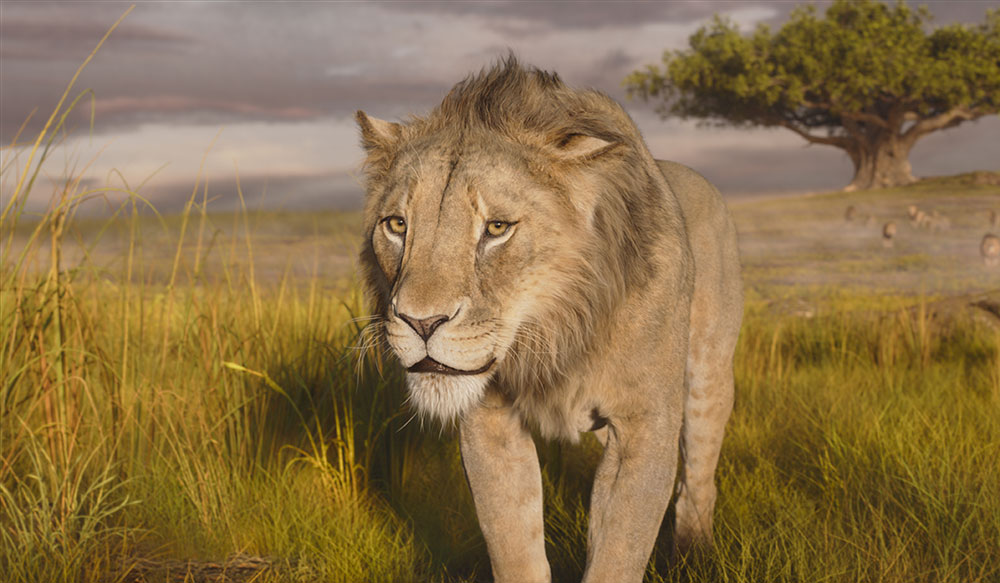
The blending of live-action filmmaking techniques and visual effects became a defining feature of the Mufasa production. As well as accommodating Barry’s directing style, the team worked with James, who shot a number of test images that they used to study everything about his shooting style, including his choice of lenses, the colours he wanted to use and his lighting preferences on set such as facial lighting and the way he set up reflectors. Understanding these factors allowed the team to adopt this same style when all assets and elements were finally turned over to them later to build the shots.
Ecological Studies
Any creation tool developed for the first Lion King film continued to be used for Mufasa alongside the new tools. But in order to work, it was important for those existing tools to follow new rules relating to the large number of new environments and characters. “For instance, we had created a library of vegetation for ‘The Lion King’ full of the flora of Africa – grass, flowers, bushes and trees plus associated rocks. But because since then, our world has expanded so much geographically, the library had to be expanded with even more species,” said Audrey.
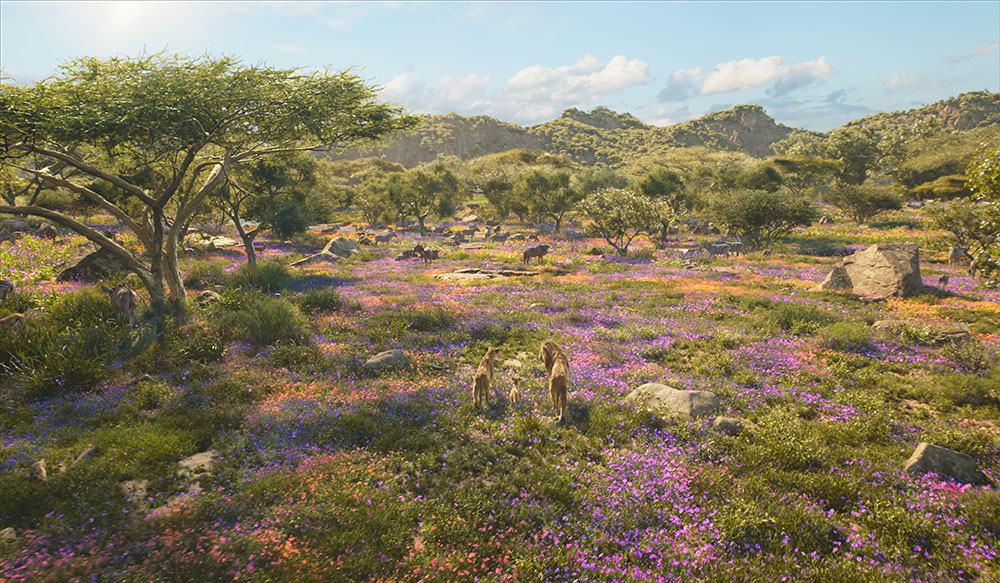
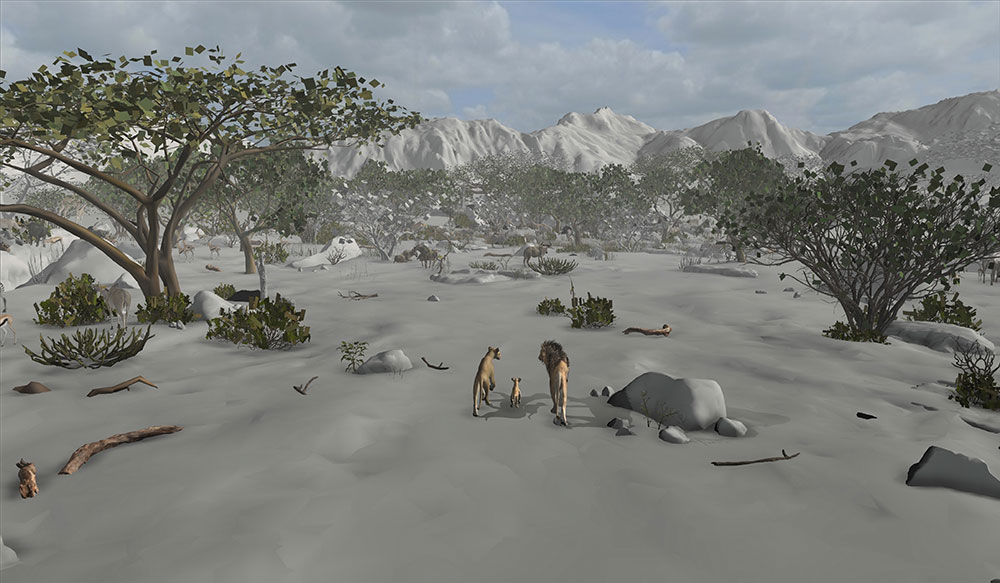
“We also needed to accurately address specific ecosystems across Africa. A tree that was valid in Kenya might not apply to Namibia. The Production Design and Art Departments handed over to the environment leads the rules for each ecosystem and the applications for each asset. Eventually we all learned those rules by heart and made sure that each new environment adhered to them.”
They would take the first draft of an environment from the Art Department, made for virtual production, and start refining the detail step by step. Initially, they would generate a procedural pass to populate the shots with assets, but this would always be overseen and perfected by artists to ensure it was following the rules as expected and contained no anomalies. Meanwhile the original tools underwent further development and optimisation to match the brief.
Everything in Its Place
Audrey said, “Optimisation was important because the Mufasa locations were so much bigger. We didn’t try to build the entire world [which measured 277sqkm] in a single piece. Instead, we designated 5 or 6 zones, each similar to a ‘country’, to divide the world into large but manageable chunks. The one we called ‘Mufasa Land’ was the area identified by drought, deserts and dry environments; another was devoted to Victoria Falls, forests and wetter places.
“However each zone was placed within the overall world in a geographically correct relationship with the others. Had we wanted to unify everything at some point, all parts would have snapped into place, resulting in an accurate, coherent path for the characters to follow that linked the journey together.”
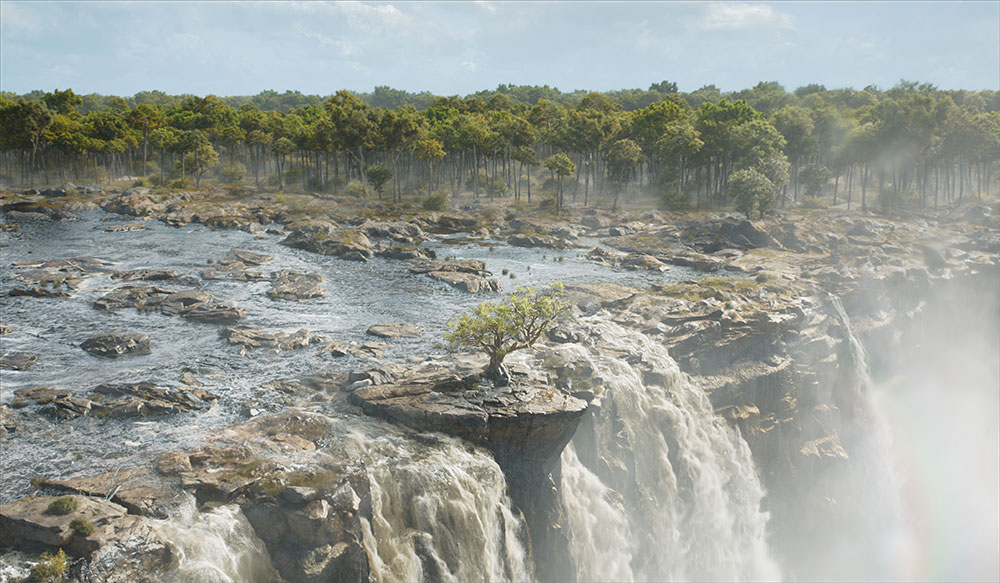
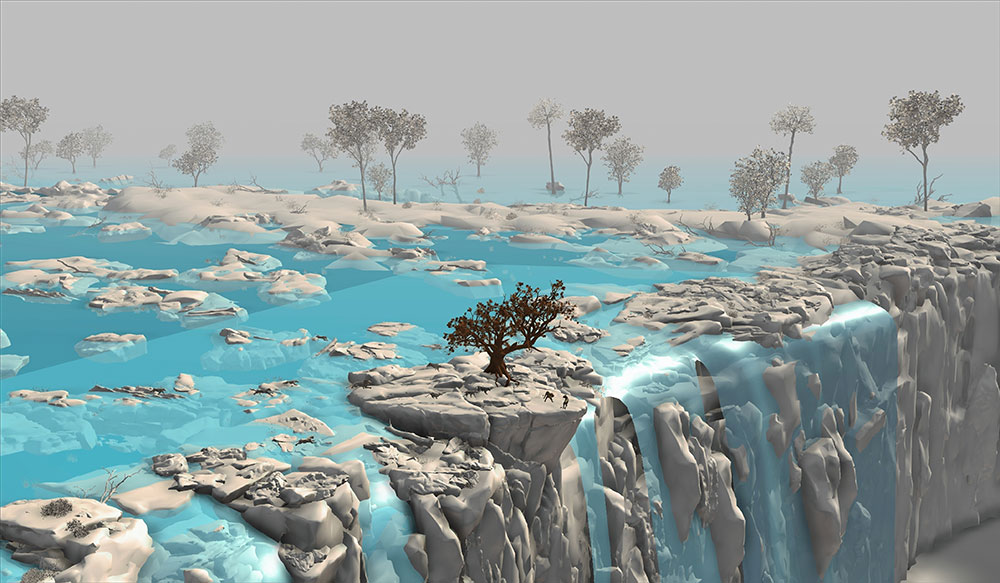
Water Management
Because water was a key character in this story, it had to be created not only very realistically but also be made directable in terms of how it looked, behaved and performed at any time – for example, during the flood sequence or when we see the characters battling underwater. This was a major challenge for the project especially as we see the water in all physical states from vaporous clouds to steam, fog, liquid and snow.
In the flood, the pivotal point of the story when everything appears to unravel for Mufasa, the water traumatises the hero, severely impacts his reaction to water and ultimately separates him from his parents. It was critical to manage the water precisely in every aspect for that moment – timing, choreography and level of power. It should be scary and threatening but not lose believability. For MPC this meant finely balancing the work of the animation, FX and environment teams.
Thus, the whole scene had to be approached differently, disrupting the usual pipeline where environments precede animation followed by FX, and so on. Instead, shots went back and forth between animation and FX. To get started, FX would generate an initial simulation to give a general idea of the pace of the water. The animators would take this to start their work, matching it as far as possible, and then send it back to FX to adjust the timing. This process meant scheduling the work in quite a different way.
“We tried rehearsing the action before starting to avoid too many revisions. Planning ahead also helped us avoid missing an opportunity to tell the story in a better way – as well as leaving a little time at the end to handle the unexpected problems. But in the end it was very rewarding. I look at the result and feel that we conveyed all the information the audience needs to understand that part of the story,” said Audrey
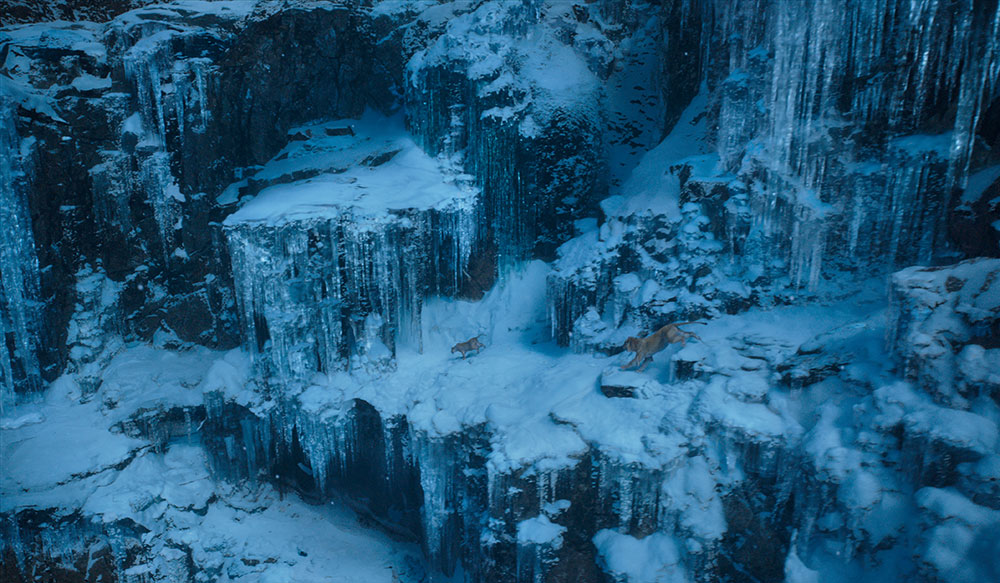
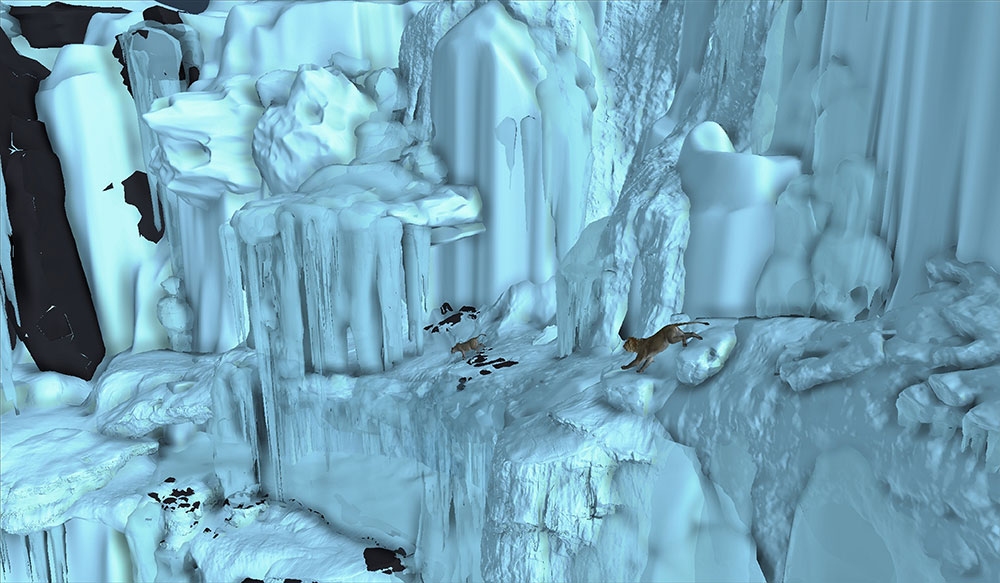
She had gone to see The Lion King in 1994 as a child, and remembered how affected she had been by the stampede sequence. When she took her own daughter to see Mufasa and saw her reacting in the same way to the flood, Audrey felt convinced they had achieved their goal. “From that moment, the audience has what they need to understand the little cub’s loss and feel an attachment to him,” she said.
Family Ties
When it came to the character builds, some were familiar. Many people in the audience would know Mufasa and Scar from the previous story, which helped in some ways, but now they had the challenge of placing them in big shots, full of other lions. The team was also creating a prequel where those familiar characters appear at different stages of their lives, from cub to adult. How were they to determine the traits that make lions recognisable?
“We also had the family element to manage as an important feature of the story,” Audrey noted. “The audience is watching the lions’ parents and children. Keeping track of those relationships called for a family tree for each lion. Does our Mufasa actually resemble his parents? In what ways? The families have to make genetic sense, leading to a long process of identifying Mufasa, Simba and Kiara and refining the evolution of each one across the stories.
“These factors affected the animators as well, who needed a full set of tools for precise movements, both subtle and expansive. They had to be able to prepare animation tests for Barry, to help find the sweet spot for each character’s performances.
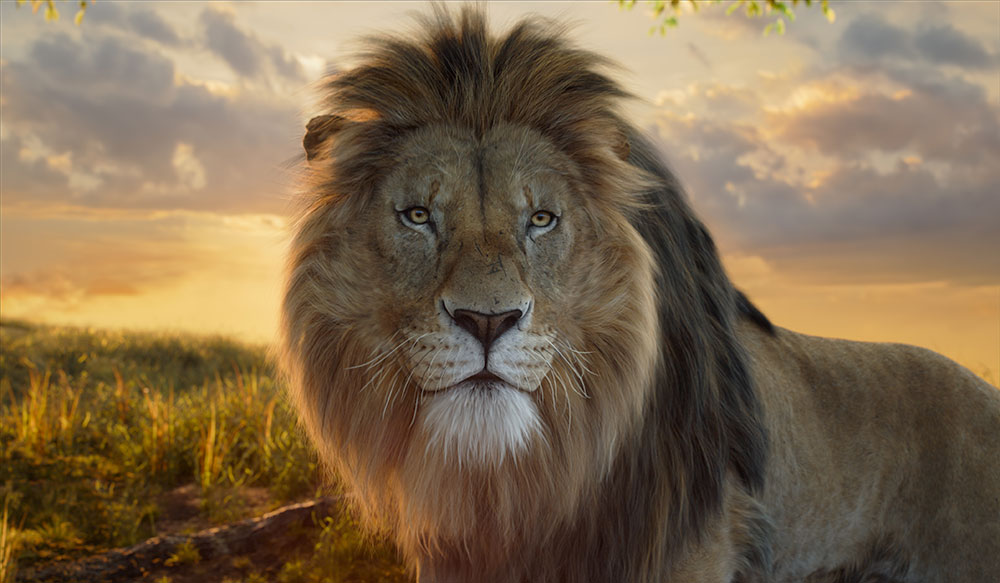
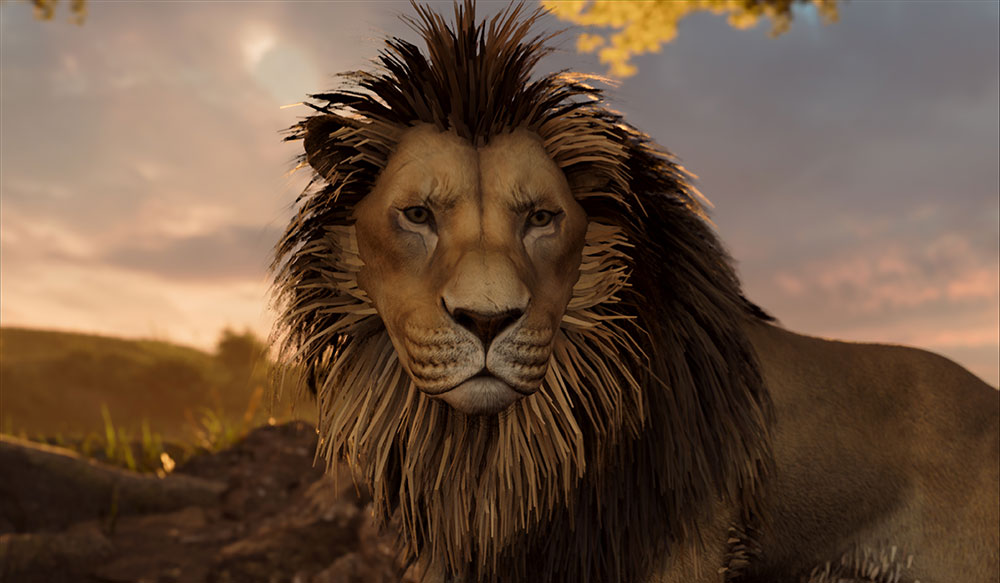
“We needed to start from the model, in fact. We created the models with many more polygons this time. MPC also built a new fur system for the project called LOMA, recognising the importance of realism. It allowed millions more hairs to be produced and controlled than had been possible with MPC’s earlier fur tool, Furtility – about 30 million hairs for each lion.”
The look development of the fur was now determined by a new shader controlling how light bounces between the hairs, affording a very different level of detail. It also generates the melanin tones, colours and light levels in the hairs with greater physical accuracy.
Animation – Going to the Limits
After these modelling and look development stages, they could focus on the rigging. Because of the extra detail in the models, they could add many more control points and much more detail in the blend shapes, to the point of microdetailing. It was a benefit, though it made any details in the skin far more visible.
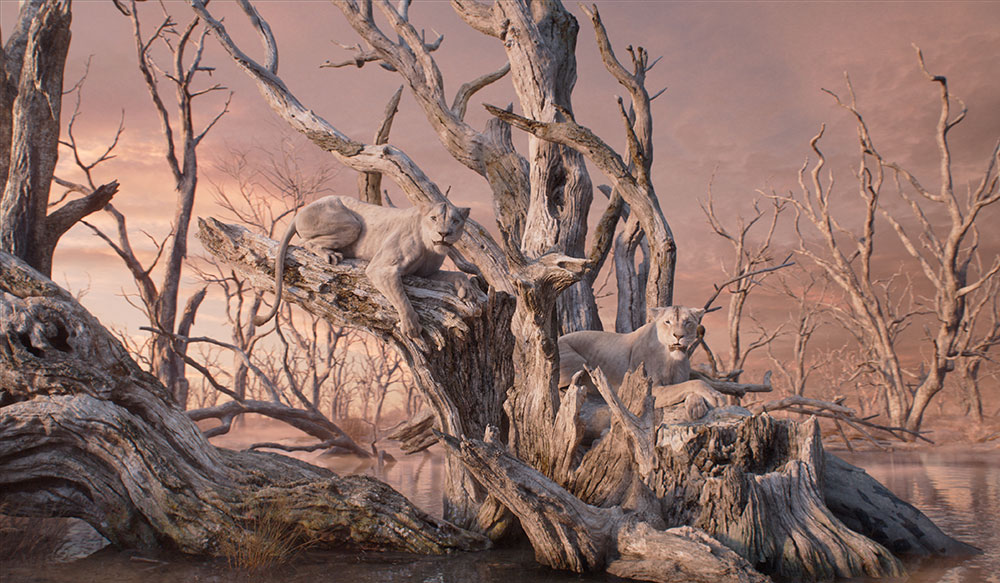
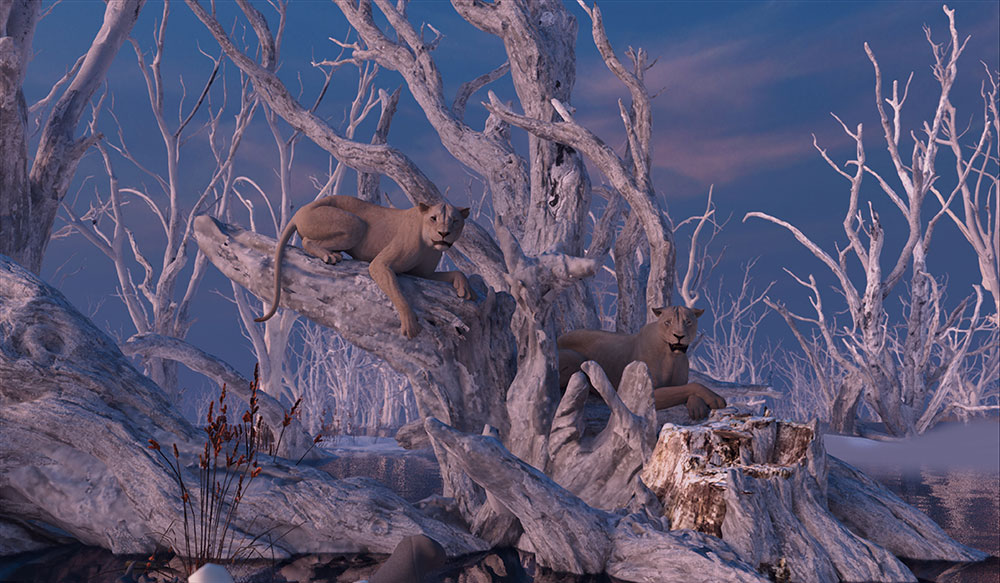
“It was amazing to see the animators reaching out to the limits of the animation they could apply to the lions,” Audrey said. “Taking Taka as an example, at the start of this movie he is an innocent, happy young lion, but by the end he becomes Scar, a much more complex character. Showing that evolution through animation involved employing the new tools to show the finer details of his transformation such as altering the position of his head from high and at ease, to low and guarded, as the audience knows him from The Lion King. Creating an effective, believable bridge from one story to the next was the key.”
Making a bridge from photorealistic lion to the characters in the story was another element of the animation. It called for a lot of reference from different sources, starting with real lions, of course, but also including the original 1994 animated Lion King film and studying the actors’ own performances to try to inject the right level of human emotion. Barry guided their choice of reference to help everyone understand exactly what he was looking for.
Interconnected
From her role as VFX Supervisor, Audrey retains a lasting impression of how interconnected all the disparate pieces of this project were, from beginning to end. With that critical opportunity to work continuously with Mark, the set designers and the character design team, she feels both the sets and the characters are now printed on her brain.
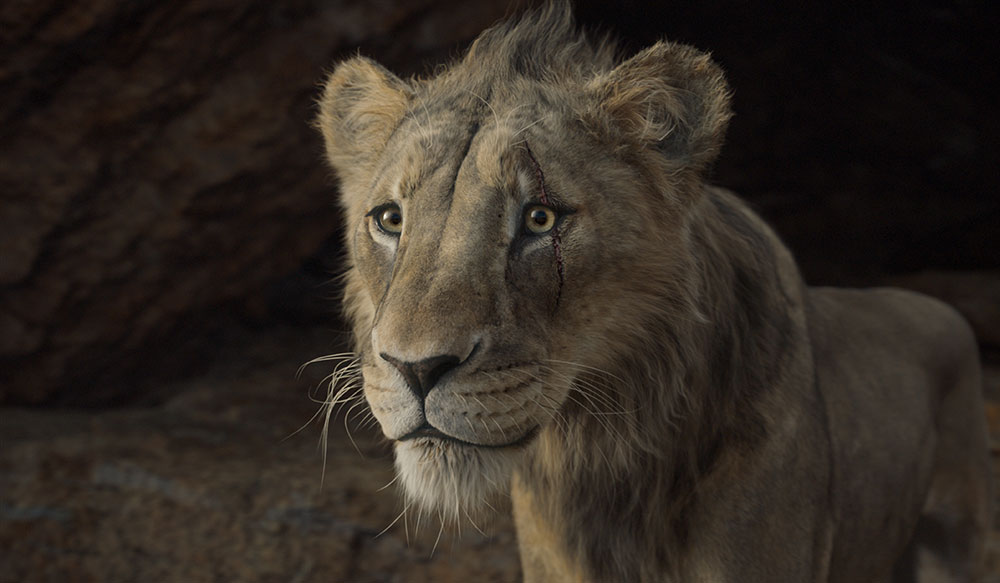
She said, “After watching our characters transform from concepts to 3D models, I know them like people. Characters and sets were viewed together as early as possible. Normally, you would build and develop those assets as separate collections, add lighting and then, at a certain point when they were close to completion, bring them together. For Mufasa, lookdev proceeded for both the chars and the sets simultaneously and together.
“This connected approach benefited our simulations as well, like weather effects and wind blowing through the environment and over the characters, and for the full set-to-creature, creature-to-set interactions with grass, snow, water and so on. The animals are IN the elements, constantly creating interactions, with a result that is satisfying and visually dynamic.”
As much as any tool, process or piece of reference, Audrey believes that everything about this production depended on continuous collaboration between the production and the post teams. Barry worked directly with the animators, the cinematographer with the lighters, and the production designer with Environment Supervisor Andrea Vincenti and her teams. In the end, it made Mufasa’ come to life. www.mpcvfx.com
Words: Adriene Hurst, Editor
